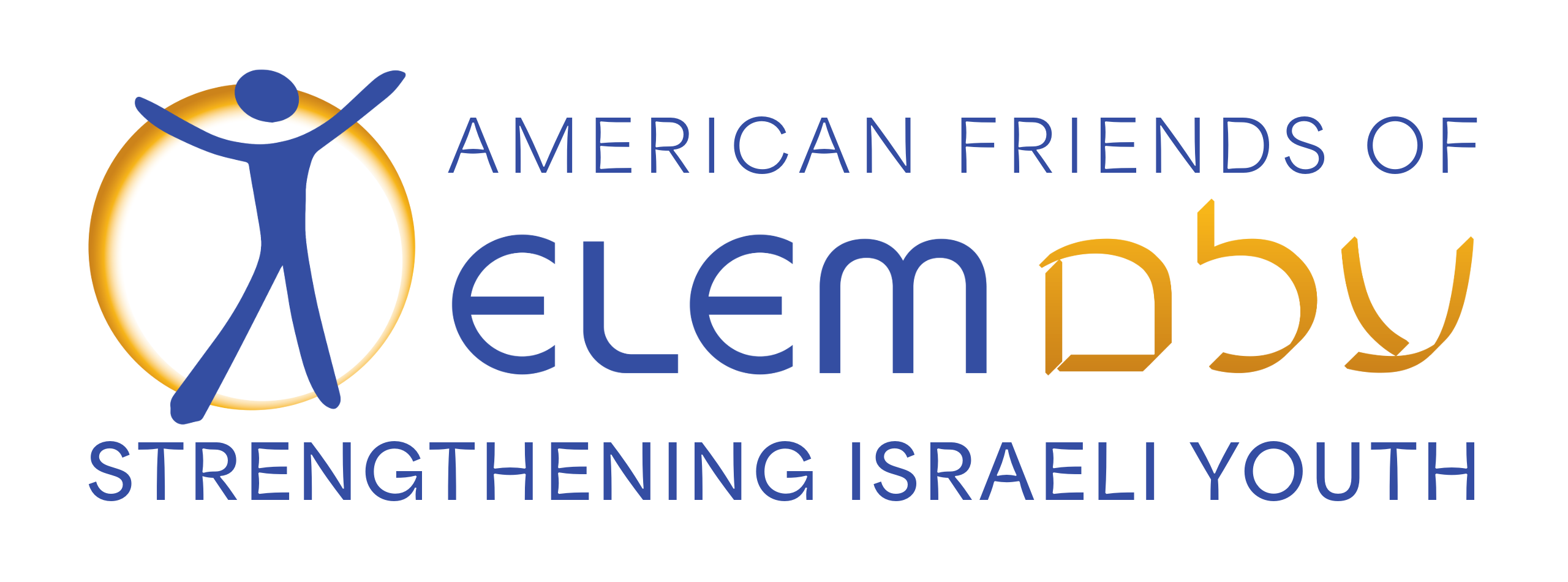“The chance of girls who grew up in a boarding school to give birth before the age of 17 is higher than girls who grew up in foster care,” Ynet wrote, referring to the State Comptroller’s report published earlier this month. As someone who assists girls and young mothers (and pregnant women) in the community, it is hard not to wonder – what are the chances of the girls who face risk and distress and are “left behind” in the community?
Those girls who didn’t even make it to the boarding school, where there is a chance that they will be helped by the staff during the difficult decision making process.
The girls who did not go to boarding school or foster care, where the chance of completing your matriculation or 12 years of schooling is higher.
Those girls who stayed at home, with parents who themselves probably did not receive sufficient assistance for the trauma, poverty and exclusion they faced all their lives and therefore do not manage to create a supporting family environment for their daughters.
Leaving home is also an issue. An issue of unaddressed adversities. An issue of social polarization with deep social, economic and health gaps.
As someone who assists those girls and young women, who are pregnant or are already mothers, it is hard not to wonder – are they being seen? Who sees them in the intersection of girls/young women at risk and parenting at risk? Who sees the boys/men who “get” them pregnant, who also face many challenges and obstacles? And how can you help them? How can you make sure that none of them fall through the cracks?”
-Tzlil Schilder, Manager at ELEM’s Young Mother At-Risk Program.
The Young Mothers At-Risk Program assist the young women who are left behind in the community.




